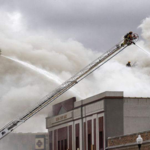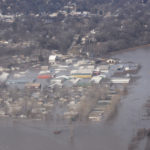Pandemic impacts bank internships
While banks kept work flowing in early spring through social distancing measures and remote workforces, they had to make quick decisions about another key program without knowing when the COVID-19 crisis would end or how bad it would get. Should they bring on board their interns? Or did the ever-changing nature of the crisis make that idea too complicated and risky? [Continue]










